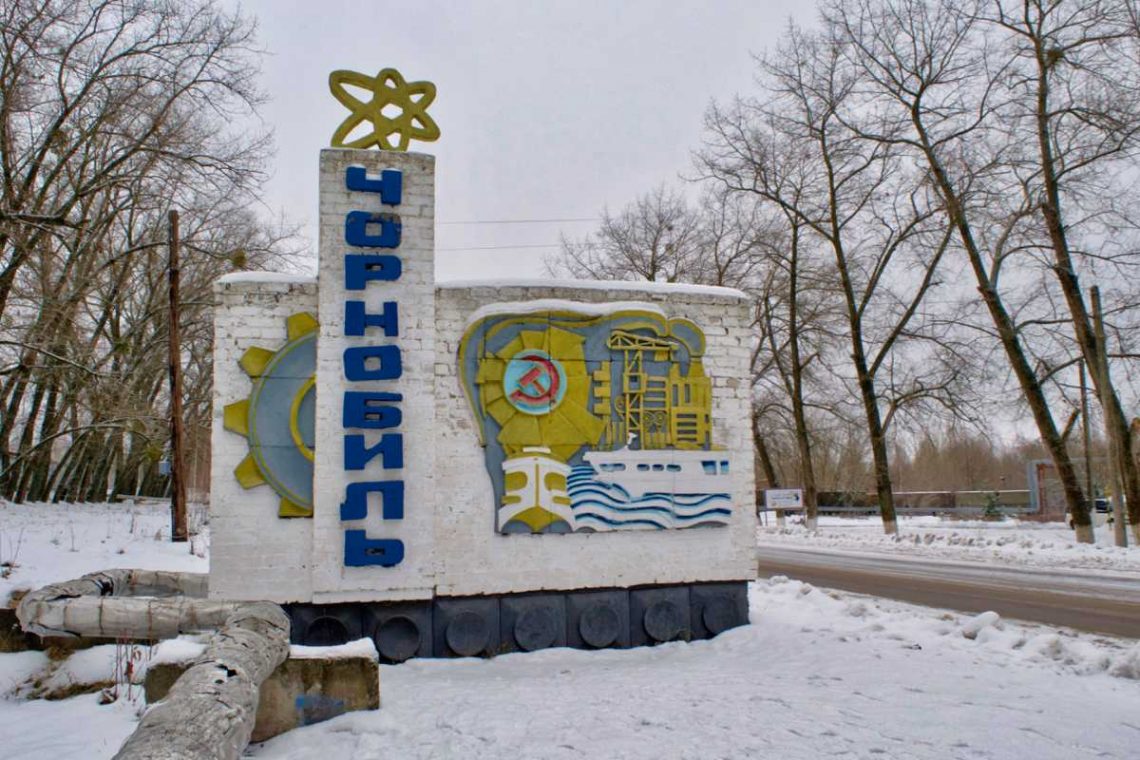
Chernobyl tours from Kiev: Is Chernobyl safe to visit?
Kiev, Ukraine’s magnificent capital city, is a great destination for a short break on the eastern edges of Europe. But one of its major draws, and the most popular reason for a day trip out of the city, is its proximity to the Chernobyl exclusion zone, scene of one of the world’s worst nuclear disasters.
Saturday 26 April 1986 was supposed to be a normal day at Chernobyl’s Reactor 4. The newest of the nuclear reactors at the site in the far north of Ukraine, close to the border with Belarus, Reactor 4 was due to be joined by two new reactors, 5 and 6, which were being built a short distance away. But on the night of 25-26 April, a safety test went badly wrong. The reactor core overheated and, with the safety mechanisms turned off for the test, there was nothing to prevent a massive explosion which destroyed the reactor, shooting radioactive particles into the air in the process. Two men died in the explosion; many more were to follow.
Shockingly, the Soviet Union kept news of the disaster quiet for days, as radiation contaminated the surrounding area and was carried north and west on the breeze. It wasn’t until abnormally high levels of radiation were picked up in faraway Sweden on 28 April that foreign media realised something had gone terribly wrong. As for local residents, it was more than a day and a half after the explosion that the residents of the town of Pripyat, closest to the nuclear plant, were evacuated to towns and villages in the Kiev region further south. They were told they would be away for 3 days and to bring only the essentials. They never returned.
In the days that followed the accident, an exclusion zone was set up around the reactor, and this exclusion zone is still in place today. But what it is like as a tourist to visit the Chernobyl region today? What can you expect to see? And, most importantly, is it safe?
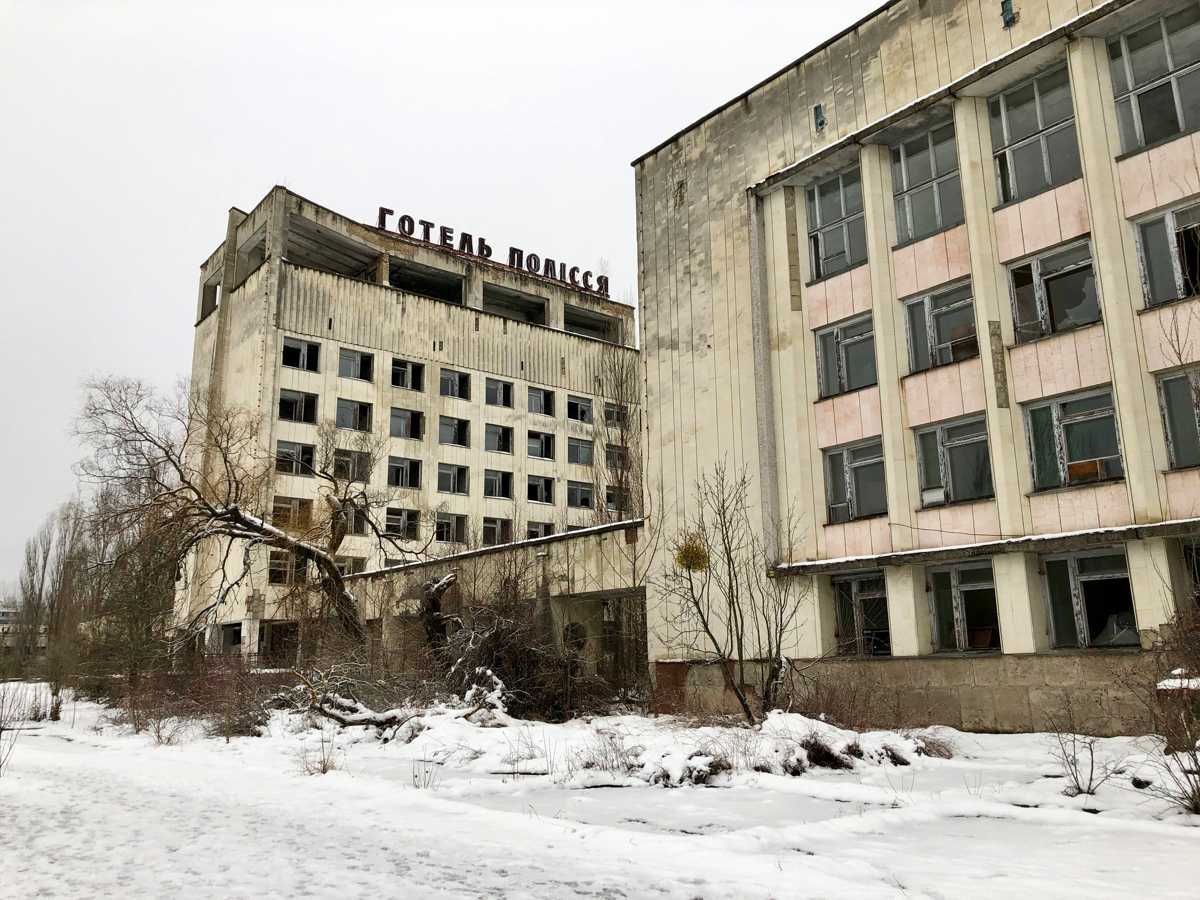
How to visit Chernobyl
There are a number of companies in Kiev who claim to organise the best Chernobyl tour; I travelled with SoloEast and can recommend them. If you want to visit Chernobyl, a certain amount of forward planning is necessary; visitors can only enter the exclusion zone with a permit, which will be obtained by the tour company on your behalf but which can take 2 weeks to secure. Chernobyl trips are therefore not something to be decided on the spur of the moment; make sure you book well in advance.
Note that the tour company will require your passport details for the permit, and you will need to show the same document in person when you visit. Take care to make sure you provide the correct details, and don’t forget your passport on the day or you will not be able to enter the exclusion zone.
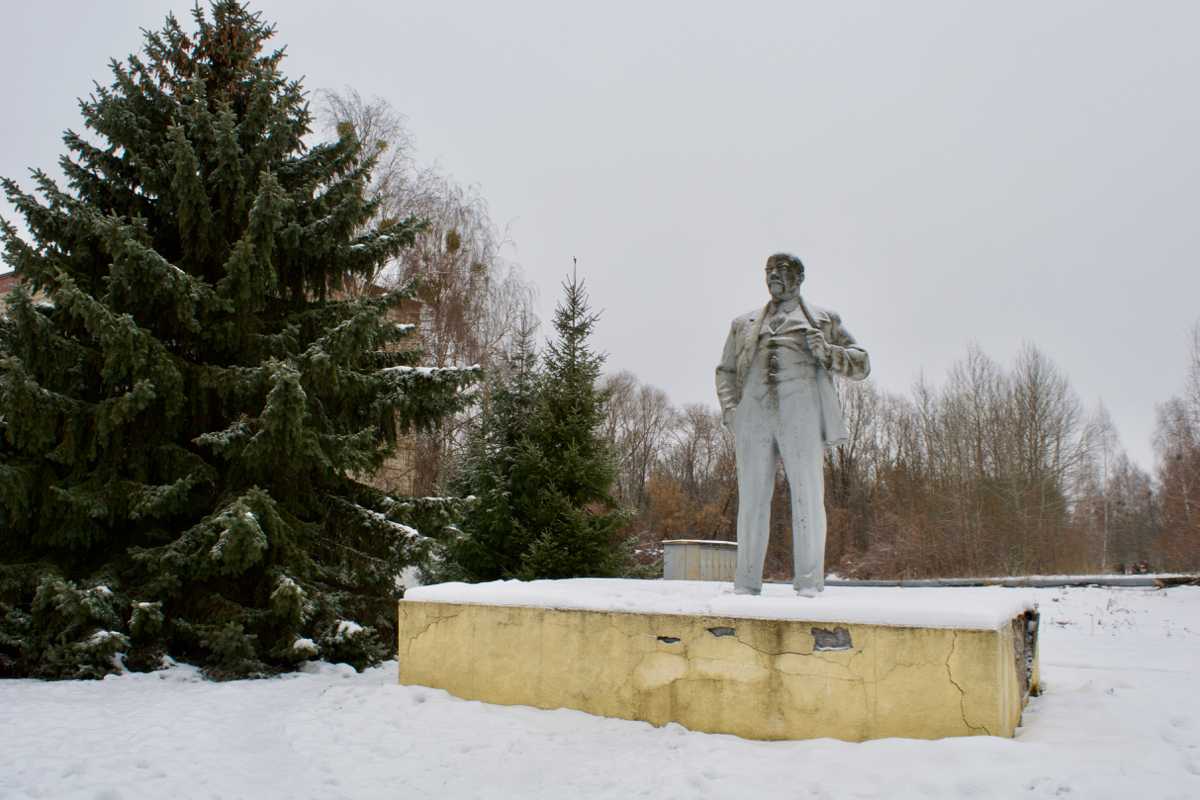
How far is Chernobyl from Kiev?
The edge of the exclusion zone is about a 1.5 to 2 hour drive north of the capital. On the tour I took, we travelled by comfortable minibus, and were shown a documentary about the disaster and cleanup operation on the way, which meant that even those who knew little about the accident beforehand had a good appreciation of what they were seeing.
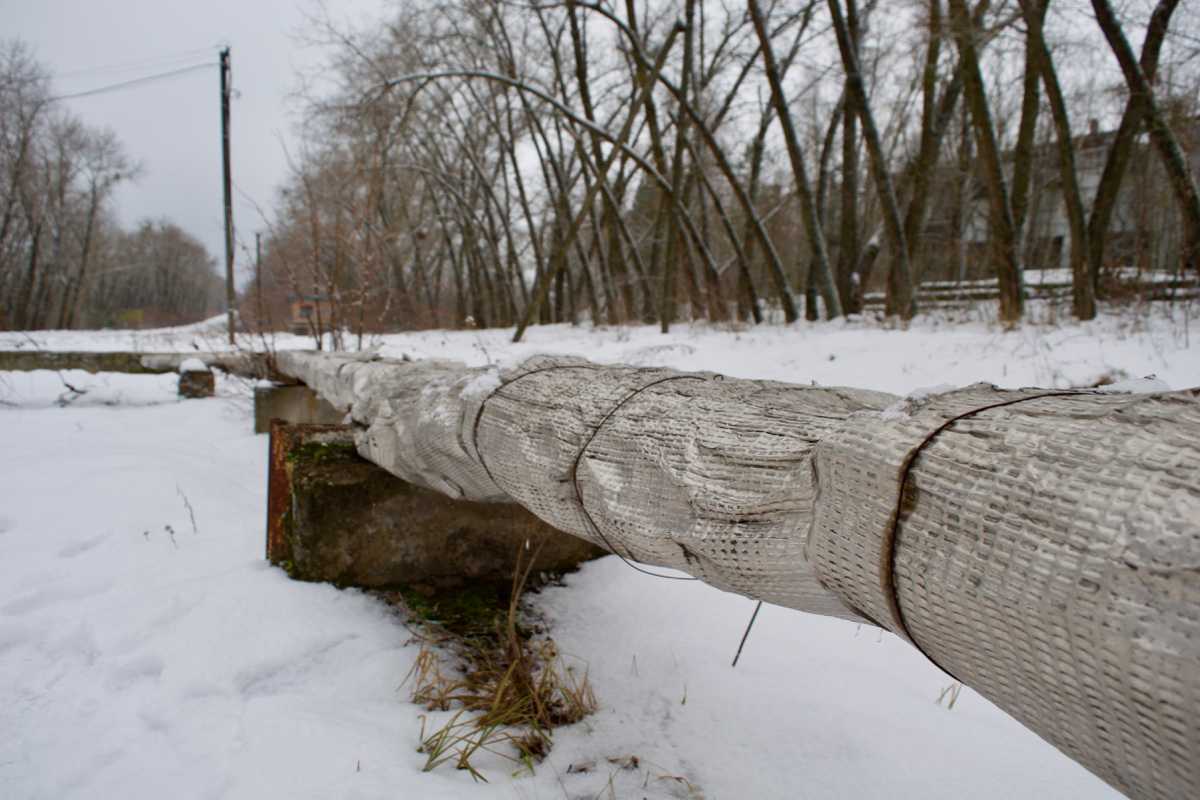
Is Chernobyl safe to visit?
In a word, YES. Our tour guide tackled this topic very early on, before we had even left Kiev. Guides carry Geiger counters, but they are more to demonstrate radiation levels than to monitor them, as the routes they cover are well-trodden and well researched. It is not possible to visit Chernobyl on your own, and this is the reason why; the guides’ knowledge is essential to ensure you stay safe throughout your visit.
Pockets of extreme radiation certainly exist in the Chernobyl exclusion zone (the area will likely never be habitable again), but they tend to be small in size, often only a few metres or less in diameter. Our guide’s Geiger counter showed 0.14 roentgen in Kiev, a pretty normal level. We saw a pocket of 5 roentgen outside an abandoned kindergarten in the exclusion zone, and even a tiny pocket of 500 roentgen in Pripyat (you didn’t want to hang around in that spot for too long), but access to these areas is very limited and you won’t be there more than a minute or two.
The amount of radiation you will receive in a day trip to Chernobyl is approximately the same as a short haul flight – in other words, nothing to worry about. If you need more reassurance, remember that the guides go there on an almost daily basis – the tours are designed to keep them safe, so you will certainly be fine.
And for that final sigh of relief, you will go through two radiation checks on your way out of the zone. Most visitors pass the test with flying colours; if you don’t (soil on your shoes is a great way to set off the alarms!), you will be decontaminated before you travel any further. On the day I visited, none of us set off the alarms.
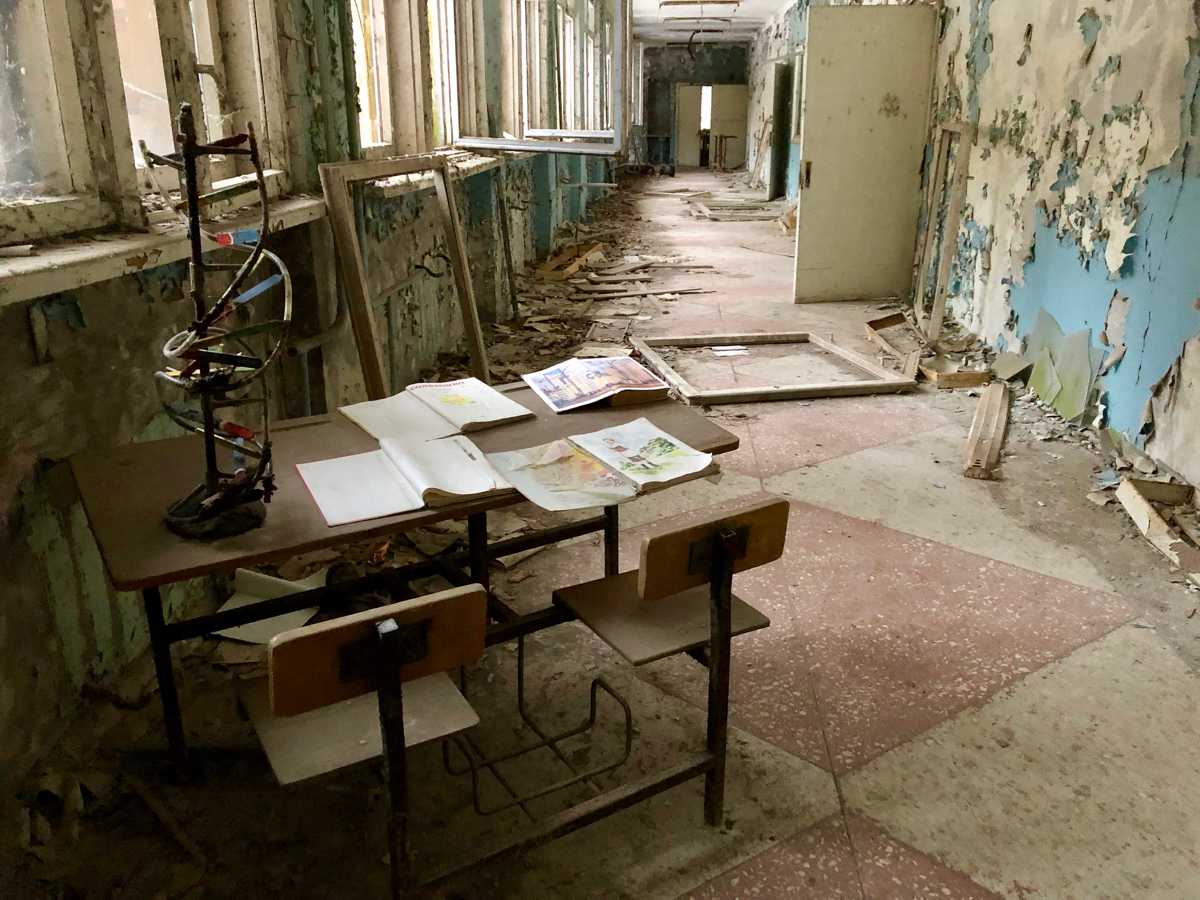
What will I see on my Chernobyl visit?
All Kiev-Chernobyl tours are slightly different, but the tour I took with SoloEast had the following itinerary.
Chernobyl Town
Our first stop was in Chernobyl town, just inside the exclusion zone. Officially uninhabited, the town now serves as a base for employees working at the power plant – reactors 1, 2 and 3 were shut down just a few years ago, and the decommissioning work will go on for decades. The concrete apartment blocks of the town house these employees for around 10 days at a time, after which they return home for a 10-day break before returning.
The town has several attractions, the most famous of which is the city sign which has become an iconic photo stop when touring Chernobyl. The town square has a statue of Lenin still standing, as well as a memorial to the disaster and to the many towns and villages left abandoned after the accident. There is also an impressive monument to the Chernobyl liquidators, many of whom gave their lives to clean up after the accident. A lower-key sight to watch out for is the above-ground pipes pumping fresh water into the town from outside the exclusion zone.
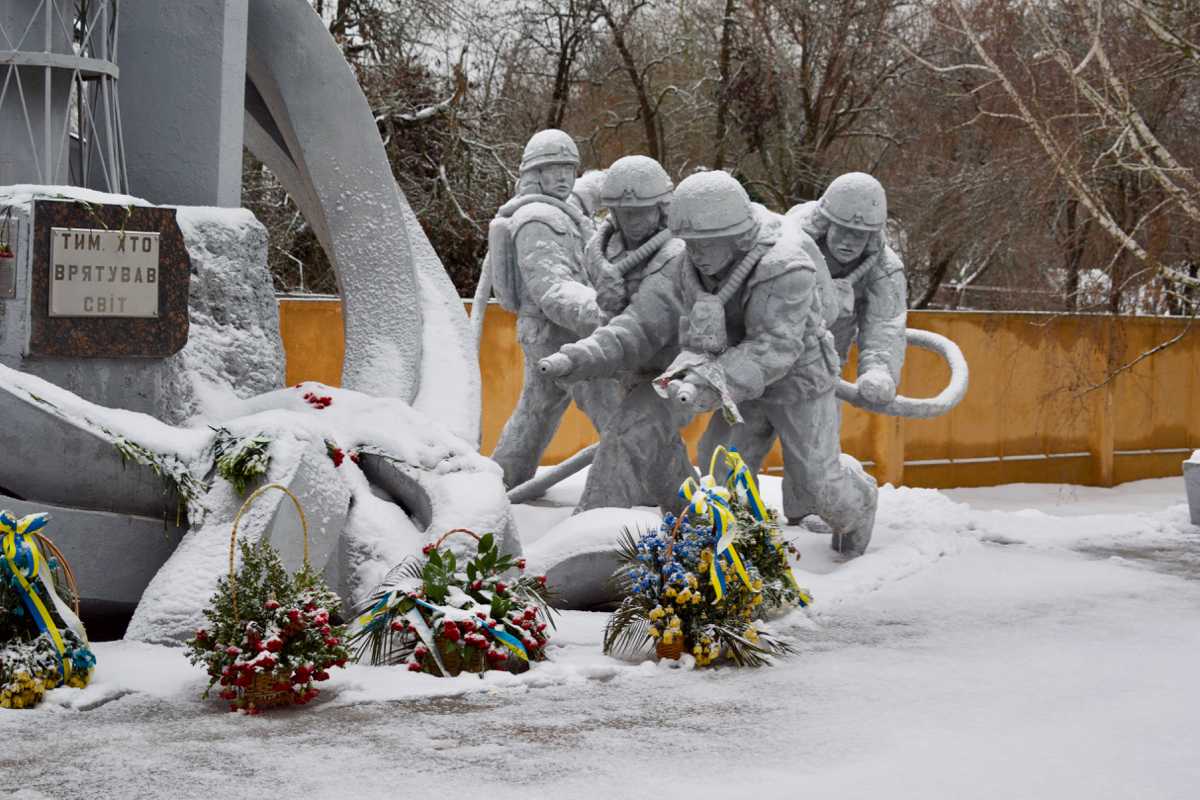
Abandoned kindergarten
On our way from Chernobyl Town to the power station itself, we stopped off at an abandoned kindergarten, our first sight of the eerie Soviet time warp that has overtaken much of the exclusion zone. Wandering the dilapidated building, we explored classrooms with artwork still on the walls, as well as a dormitory where the children slept for naps. Old toys, shoes and other paraphernalia still litter the building and surrounding area; all is too radioactive to recover.
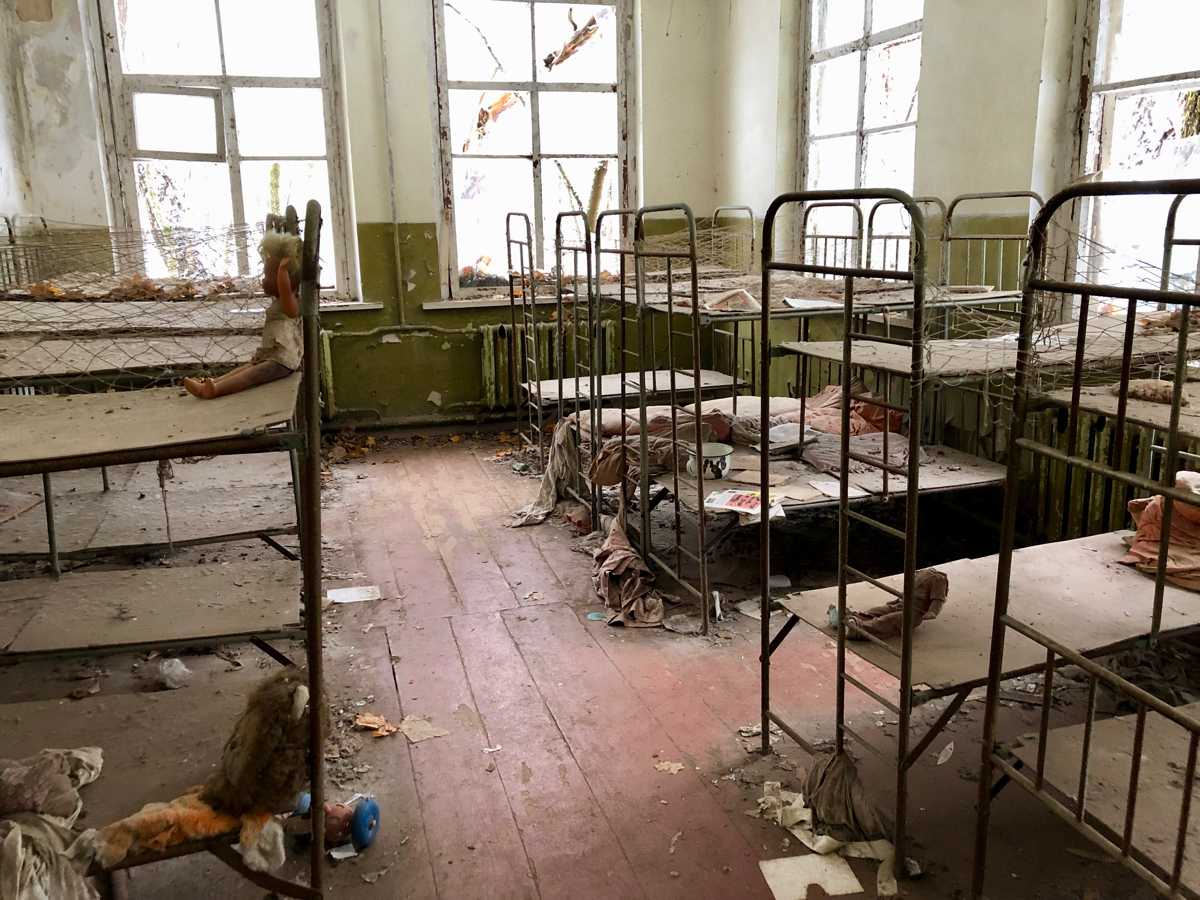
Chernobyl Nuclear Power Station and Reactor 4
From the kindergarten we headed for the epicentre of the disaster, the Chernobyl nuclear power station. From a distance the various reactors can easily be spotted, including reactors 5 and 6 which were never completed. Straddling the Pripyat River, in which fish thrive (the whole exclusion zone has become a haven for the Chernobyl wildlife due to the lack of hunting and fishing), the site extends for miles, but most arresting is the sight of Reactor 4. Enclosed in a concrete sarcophagus a few years after the accident, this stopgap solution was crumbling until a few years ago when the enormous Chernobyl New Safe Confinement was built around the contaminated reactor. From a distance, it is nothing if not impressive.
What I wasn’t prepared for, however, was how close we got to the damaged reactor itself. Because it is so well protected, radiation levels outside the reactor were some of the lowest in the exclusion zone (0.8 roentgens). Of course it is not possible to enter the reactor, but standing up close to the perimeter fence is a surreal experience, especially if, like me, you remember the accident and the huge loss of life that followed.
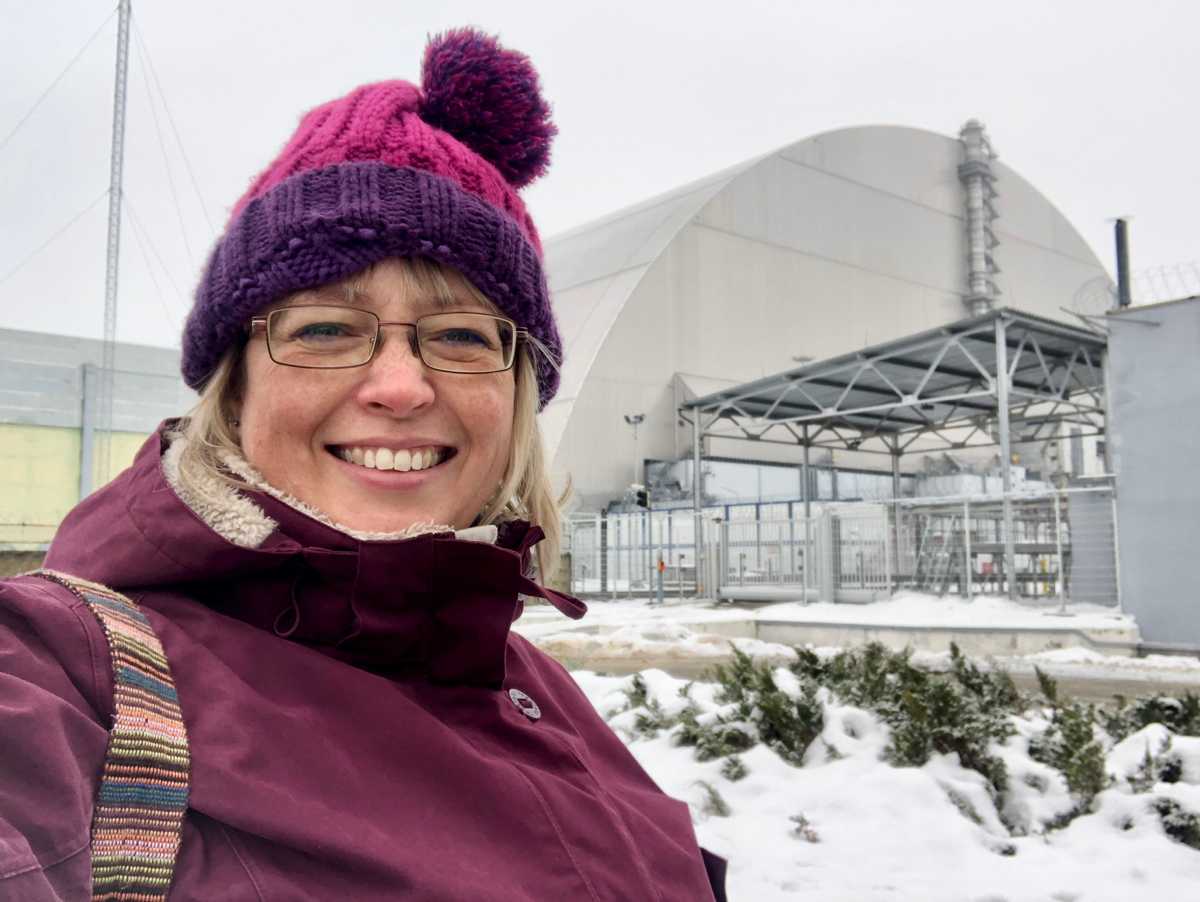
Pripyat
From the reactor itself, we next headed to the town that bore the brunt of the devastation. Pripyat was a show town, built to house the workers of the nuclear plant. It had everything that was modern and sort after in the Soviet Union of the 1980s, including a supermarket which was so rare it drew visitors from miles around.
Today the town stands abandoned and, in theory, visitors can wander where they like. In practice, however, we were under strict instructions to stay with the guide, partly to avoid pockets of high radiation, and also because it would be easy to get lost in this town of abandoned apartment blocks, parks and public buildings. We visited the main town square, as well as a sports hall, swimming pool, apartment block and high school. The buildings are like stepping back in time, despite the fact they are slowly crumbling. I spent time in Russia in the mid-1990s, and the apartments we visited in Pripyat were almost identical replicas of the apartment I stayed in then; it was a surreal experience, like stepping back into my own past. For those who never visited the region during (or just after) the Soviet period, it is like stepping directly into the pages of a history book.
One of the most iconic images of abandoned Pripyat is the amusement park, complete with dodgems, roundabouts and a huge Ferris wheel. They stand today, neglected, and the Ferris wheel is one of the most photographed parts of the town. But even such an iconic location as the Chernobyl amusement park was deserted – we were the only group there. And remember that pocket of 500 roentgen radiation? That was right under the Ferris wheel – proving that while a visit to Chernobyl may be safe, normal life can never recommence in this blighted town.
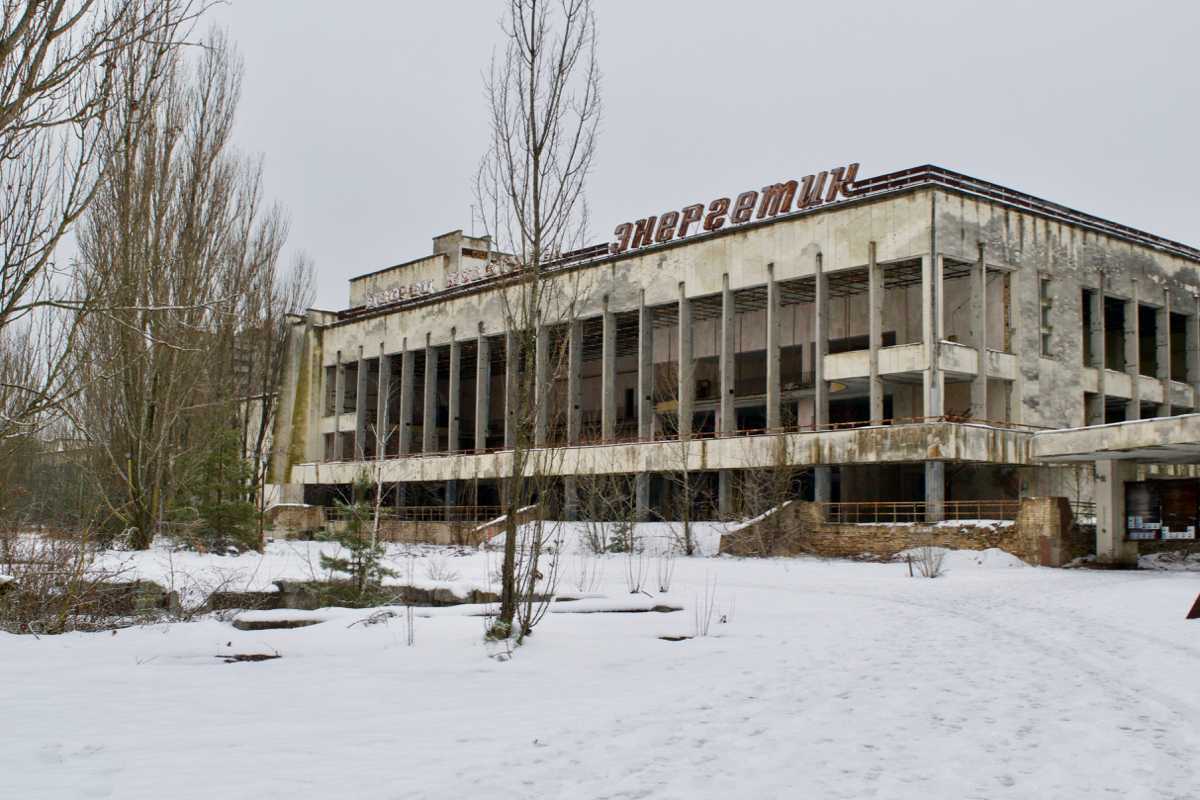
Duga-3 Radar station
Our final stop of the day was at the Duga-3 radar station. If that doesn’t sound impressive, think again. Hidden deep among towering pine trees designed to camouflage its bulk, this massive radar station rises more than 100m high into the sky and extends more than 500m in length. Marked on Soviet maps as a children’s summer camp, the radar was in operation throughout the 1970s and 1980s; it was actually intended as an early missile detection system, as well as interfering with short wave radio signals all over the world. The tapping sounds that could be heard on certain radio frequencies earned it the nickname “the Russian Woodpecker”.
The radar station towers over you as you stand underneath, and is a real testament to the might and paranoia of the Soviet Union. It’s a fascinating place which is well worth the detour.
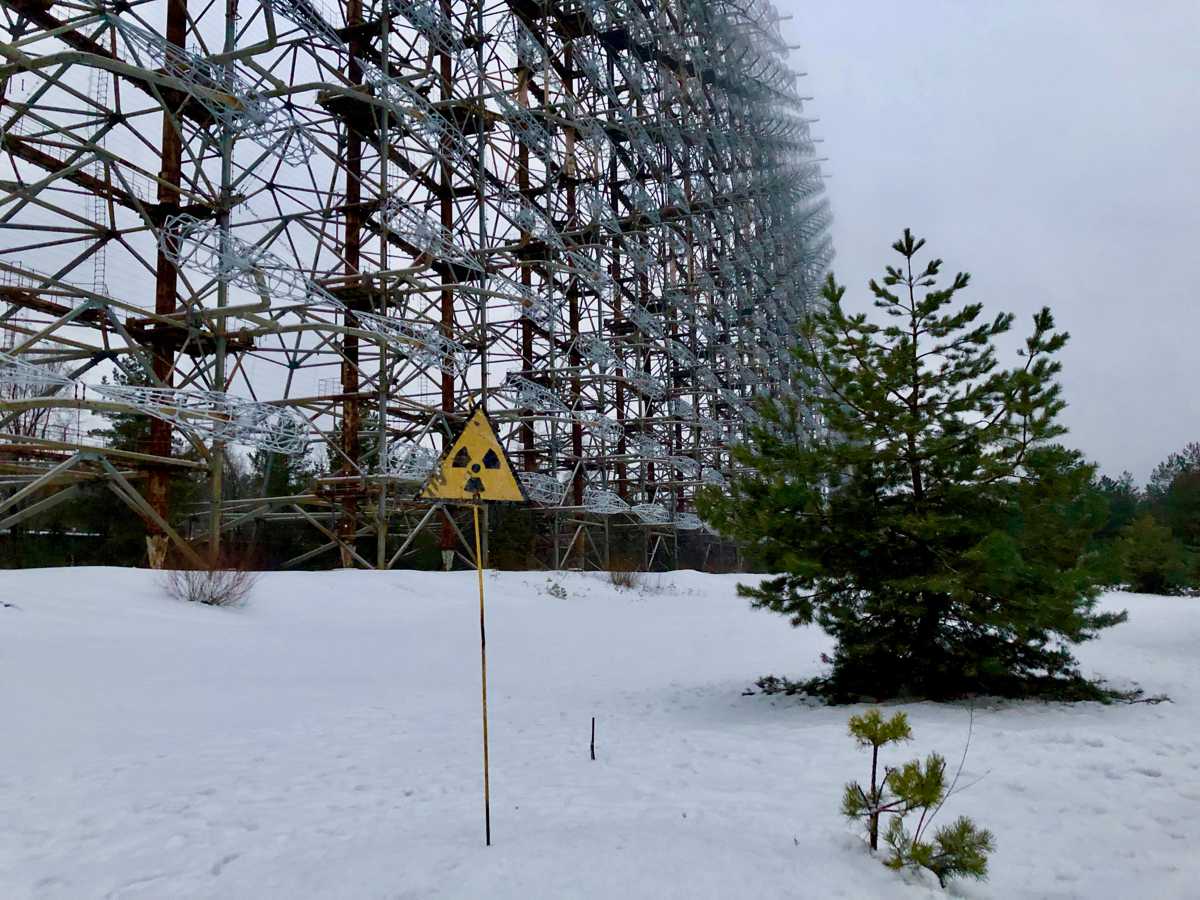
Who can visit Chernobyl?
Chernobyl visiting is suitable for anyone over the age of 18; under-18s are not permitted to enter the exclusion zone.
Many of the locations visited are abandoned buildings, meaning they are unfortunately not accessible to visitors with mobility issues.
Note that a dress code applies throughout the exclusion zone, for your own protection. Arms and legs must be covered at all times, and closed shoes must be worn (including socks). I visited in December when this was obviously not a problem, but if visiting Chernobyl in the warmer months, make sure you are adequately dressed or you will not be allowed to board the bus in Kiev.
Note also that eating and drinking is not permitted out of doors in the exclusion zone, although you can snack and drink on the bus. Smoking is only permitted in certain areas; your guide will be able to advise.
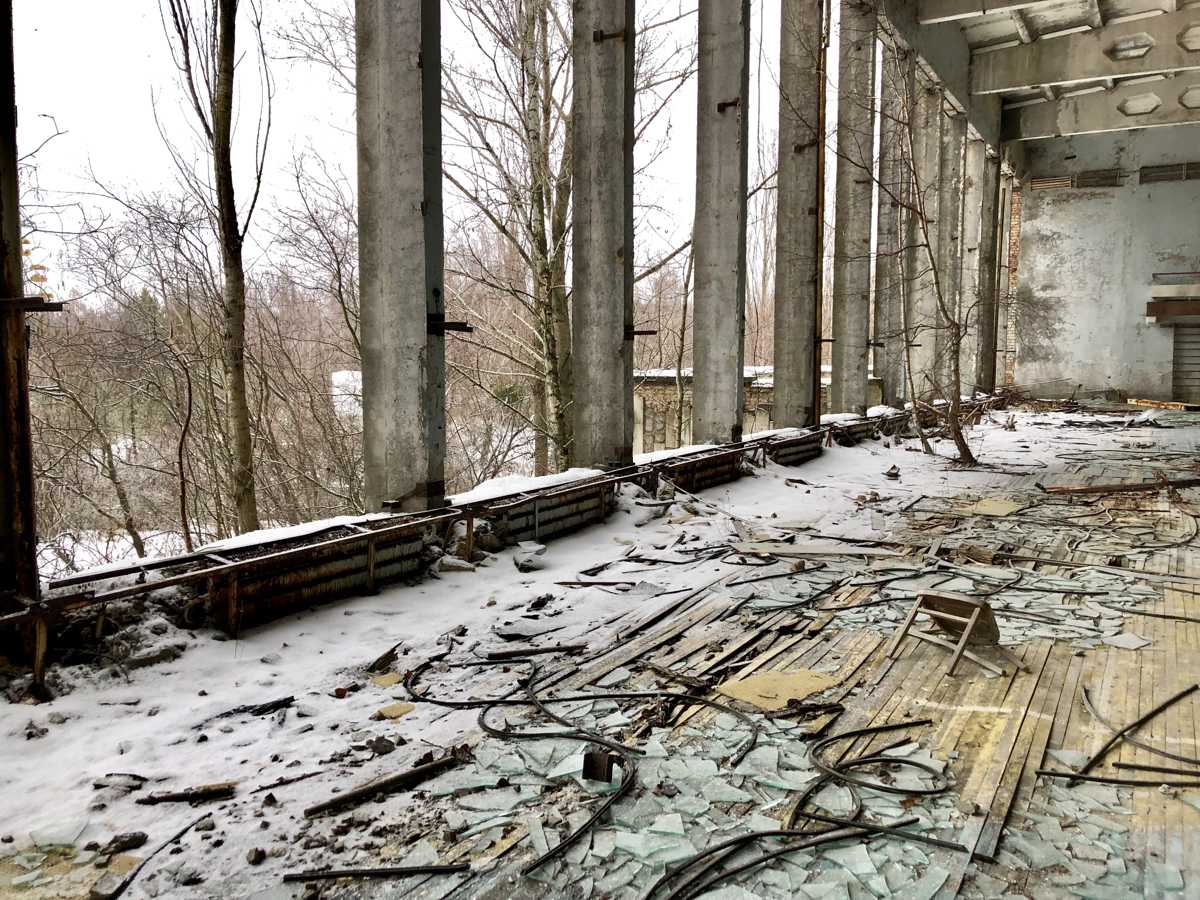
Can you visit Chernobyl without a guide?
As described above (Is it safe to visit Chernobyl?), it is not possible to enter the exclusion zone without a guide. Checkpoints are in operation at each entrance to the zone, and visitors must have the appropriate permits, identification documents and an authorised guide. It is for your own safety, as guides will be able to ensure you don’t wander into areas of dangerously high radiation.
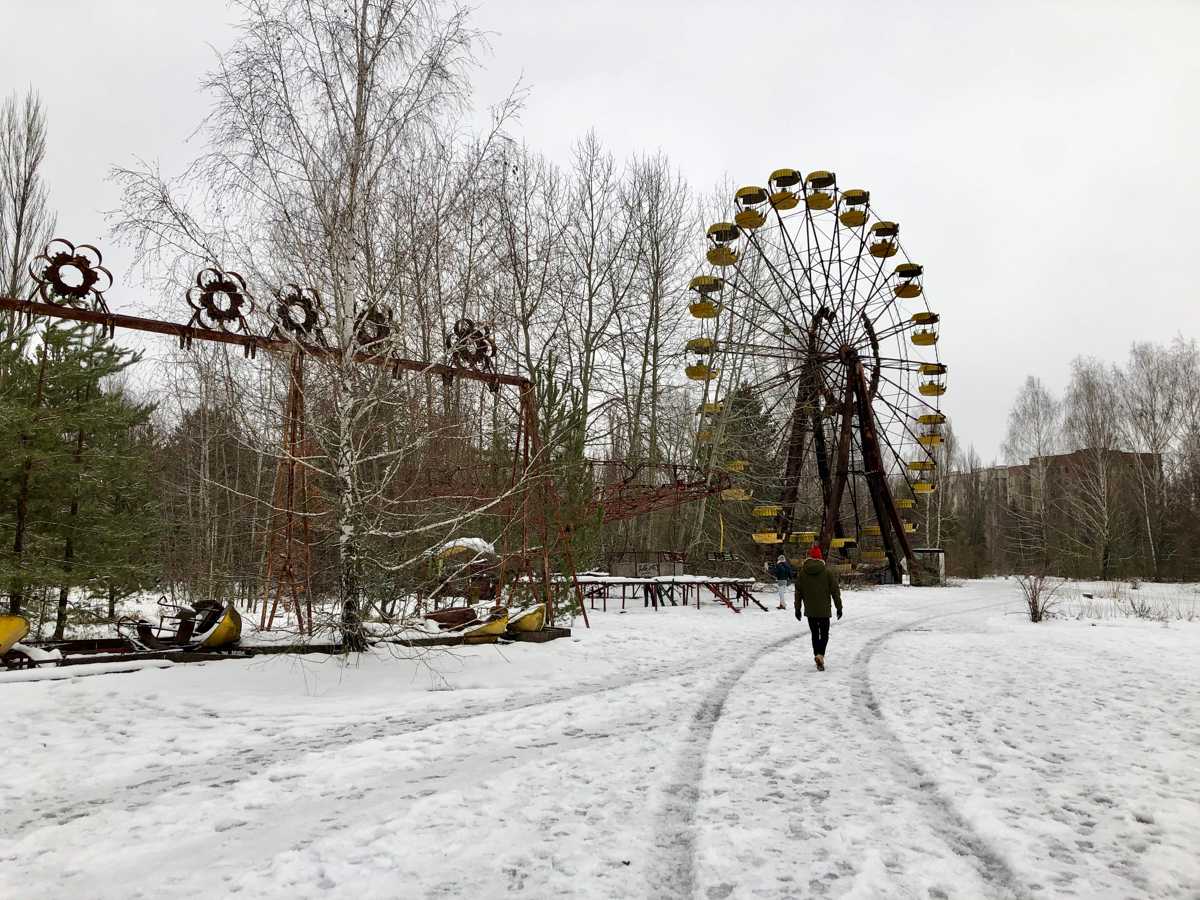
Other Kiev sightseeing options
If you are looking for things to do on your visit to Ukraine’s capital city, check out these other posts for the best Kiev tourist attractions as well as options further afield!
- Chernobyl tours from Kiev: Is Chernobyl safe to visit?
- Kiev metro: How to use it, and the stations you MUST visit!
- What to do in Kiev in winter: The perfect 3-day itinerary
- The best day trips from Kiev: Visit Uman, central Ukraine
Want to discover more of Eastern Europe? Check out these posts for more inspiration!
- Chernobyl tours from Kiev: Is Chernobyl safe to visit?
- Kiev metro: How to use it, and the stations you MUST visit!
- What to do in Kiev in winter: The perfect 3-day itinerary
- The best day trips from Kiev: Visit Uman, central Ukraine
- One day in Tirana: Taking the Kotor to Tirana bus
- What to do in Sarajevo: The abandoned Sarajevo bobsled track
- Top things to do in Sarajevo, Bosnia & Herzegovina
- 4 perfect half day trips from Mostar, Bosnia
- Getting around Warsaw by public transport
- Top things to do in Warsaw: The perfect Warsaw itinerary


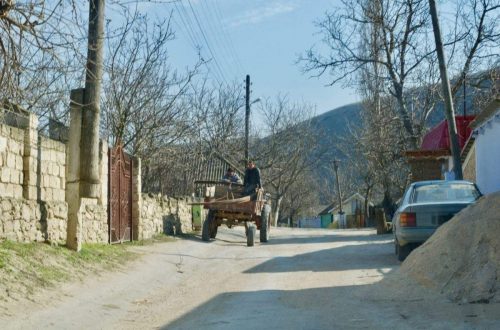
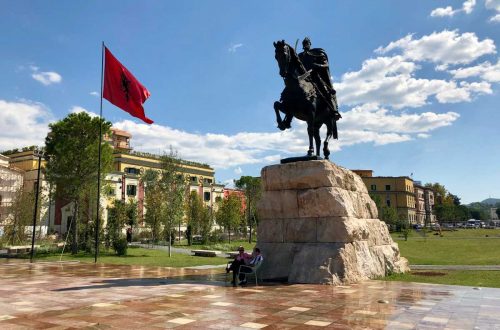

18 Comments
Rachel
Thanks for such a clear and helpful guide. Chernobyl is on my very long to-visit list – I will get there someday!
Jill Bowdery
Thanks so much Rachel! Glad it was useful – Chernobyl will be totally worth the wait!
Andrea LaPlant
As someone who used to work on a decommissioned nuclear reactor site in the USA, I consider Chernobyl fascinating and would love to tour it sometime. Great post and tips!
Jill Bowdery
Wow, you definitely would find it interesting. Hope where you worked was a little safer!
Odette
This looks like such an amazing and unique experience, will definitely have to add this to my bucket list! Thanks for sharing
Jill Bowdery
It should definitely go on the list – there’s nowhere else like it!
Emese
This was an interesting read for me since I lived “next door” to the USSR when the Chernobyl disaster happened. I was a kid at the time, but … well, this brings back memories of those times… especially seeing the Communist Party symbol and those buildings. I don’t think I’d ever want to visit the area, but it was good to read about it from a different perspective. Thanks for sharing your experience.
Jill Bowdery
I can understand why you might not be keen to revisit it all. I visited Russia just after the end of communism (early 1992) and it took me right back – it’s very eerie to see it all preserved.
Katie
Great guide for visiting here. It must be an eerie experience?
Jill Bowdery
Very much so! Not only is everything frozen in time, but it’s knowing that such a massive disaster happened here – it’s almost incredible that you can visit safely now.
Amanda
Really fascinating! If I was in the area, I would definitely be interested in visiting.
Jill Bowdery
It’s definitely a more unusual destination, and really interesting – worth the detour!
Chelsea
Jill, this was a fascinating read! When I was a kid, I used to think about visiting Chernobyl, because I was intrigued by abandoned places. This might be one more place for the travel bucket list 🙂
Jill Bowdery
If you’re fascinated by abandoned places this has to go right near the top of the list! Pripyat in particular is so cool, although spooky and really sad. But you would definitely enjoy the visit.
Julie
Seems like such an interesting and bizarre experience! Would be so interesting to visit for myself:)
Jill Bowdery
It’s absolutely fascinating, definitely worth the trip!
Ryan K Biddulph
Jill what a haunting, eerie and fascinating place. Rocking post.
Jill Bowdery
Thanks so much, Ryan – you’ve hit the nail on the head…